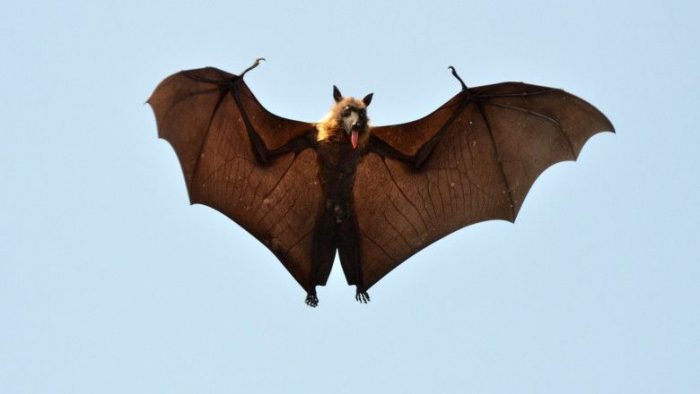Almost two years since the appearance of the first cases in China, the world is still under the sign of the coronavirus pandemic. One of the inventors of the Oxford / AstraZeneca vaccine warns, however, that an even more dangerous virus, also coming from bats, has the potential to cause another pandemic, reports Euronews.
It is known as the Nipah virus, and at this time no treatment is known and there is no vaccine against it.
“If a Delta version of the Nipah virus were to appear, we would suddenly face an extremely transmissible virus with a 50% mortality rate,” said researcher Sarah Gilbert, during an event at the Literature Festival. from Cheltenham in the UK on Thursday.
The Nipah virus is not a new virus, it has been in “circulation” for years. In 1999, the virus first arrived in central Malaysia, first appearing in bats. Bats, hosts of the virus, ate fruit from trees near pig farms.
The pigs that ate the leftover fruit from the bats became infected, and the virus then passed from farm animals to humans.
How Nipah appeared
Researchers believe that the Nipah virus first reached humans through exposure to swine secretions or unprotected contact with the tissue of a sick animal.
About 105 people have died eight months after contracting the virus. Nipah killed about 40 percent of those infected in the first instance. The symptoms they suffered were high fever, inflammation of the brain and coma.
Nipah is transmitted from animal to human through contact with infected tissue, by consuming contaminated food, but also from human to human.
Nipah “erupts” annually in Bangladesh and also occurs periodically in eastern India. Recently, in September, a 12-year-old child died after contracting the virus.
The World Health Organization claims that subsequent outbreaks of Nipah in Bangladesh and India occurred after eating fruit or fruit products contaminated with urine or saliva from infected bats.
According to the WHO, several countries where there are certain species of bats are at risk – Cambodia, Ghana, Indonesia, Madagascar, the Philippines or Thailand. Fruit-eating bats in the Pteropodidae family are the natural host of the Nipah virus.
Transmission and mortality
Human-to-human transmission has also been reported among family members and caregivers of the sick.
Between 2001 and 2008, about half of the cases in Bangladesh were reported as the result of human-to-human transmission through patient care.
According to the WHO, the mortality rate in the observed cases is between 40% and 75%. People can also develop asymptomatic infection. Symptoms include moderate to severe respiratory infection, and inflammation of the brain.
The first symptoms, however, include fever, headache, muscle aches, vomiting, and sore throat. As the disease progresses, dizziness and neurological signs appear that indicate acute encephalitis.
–


